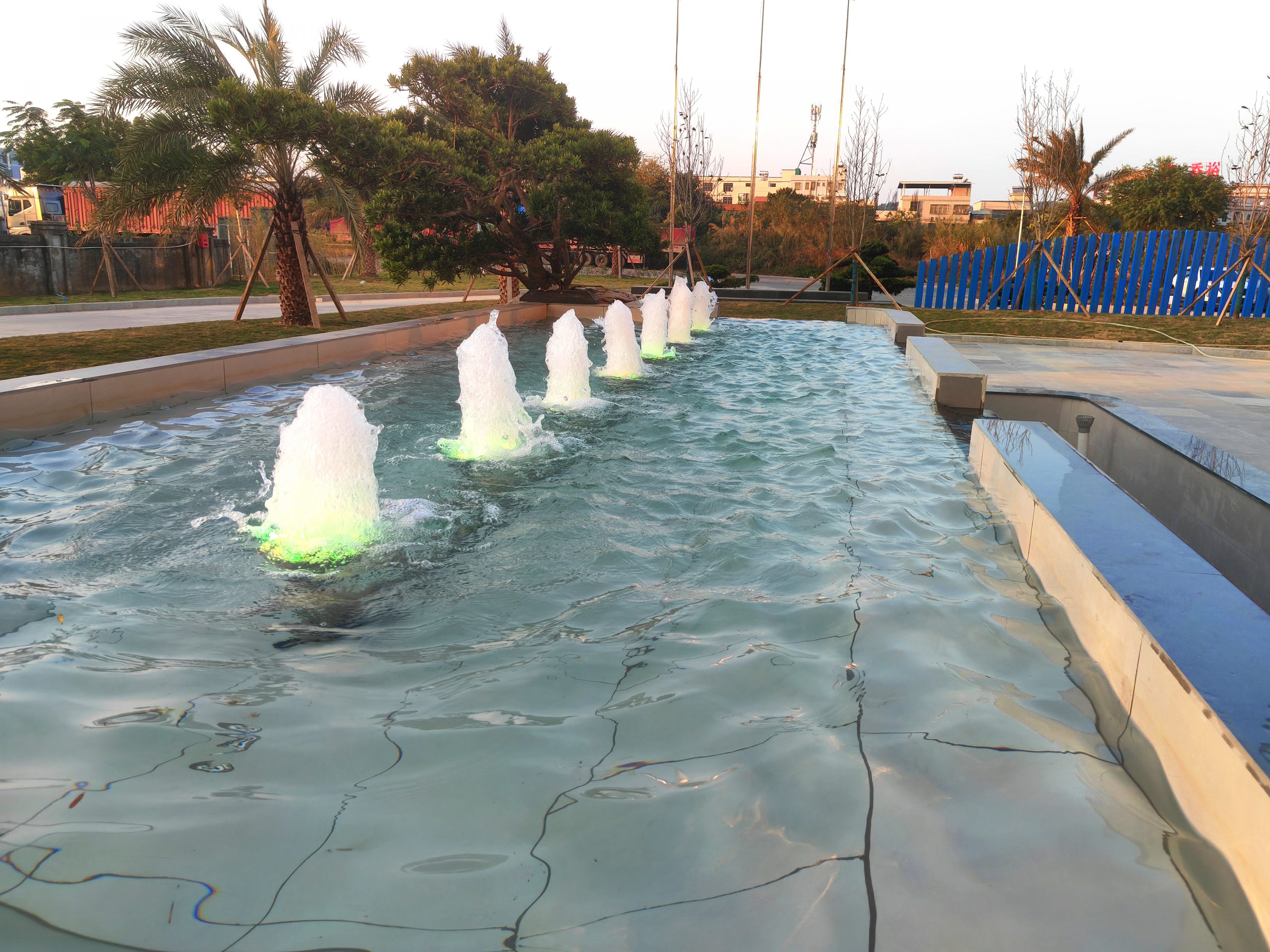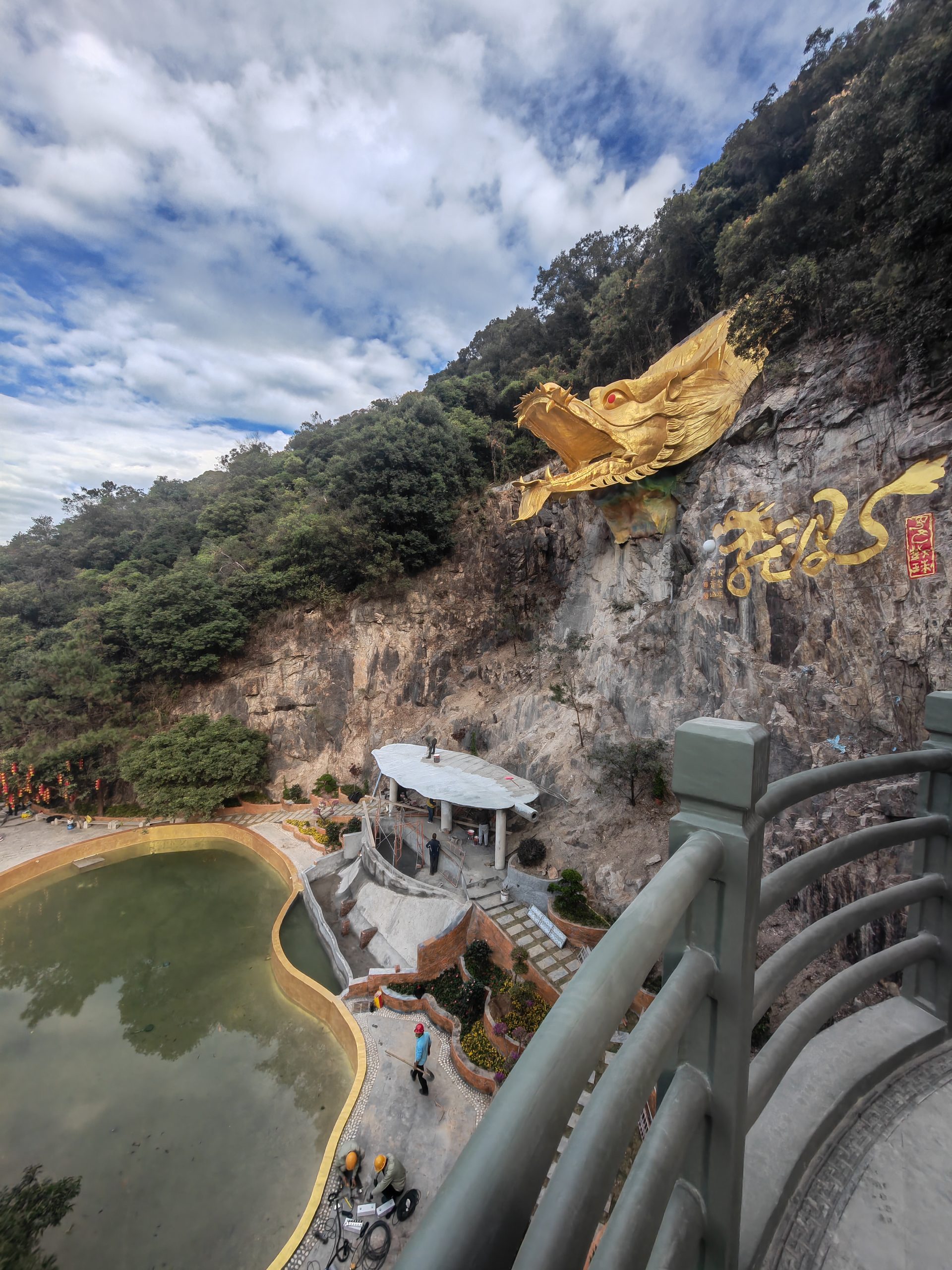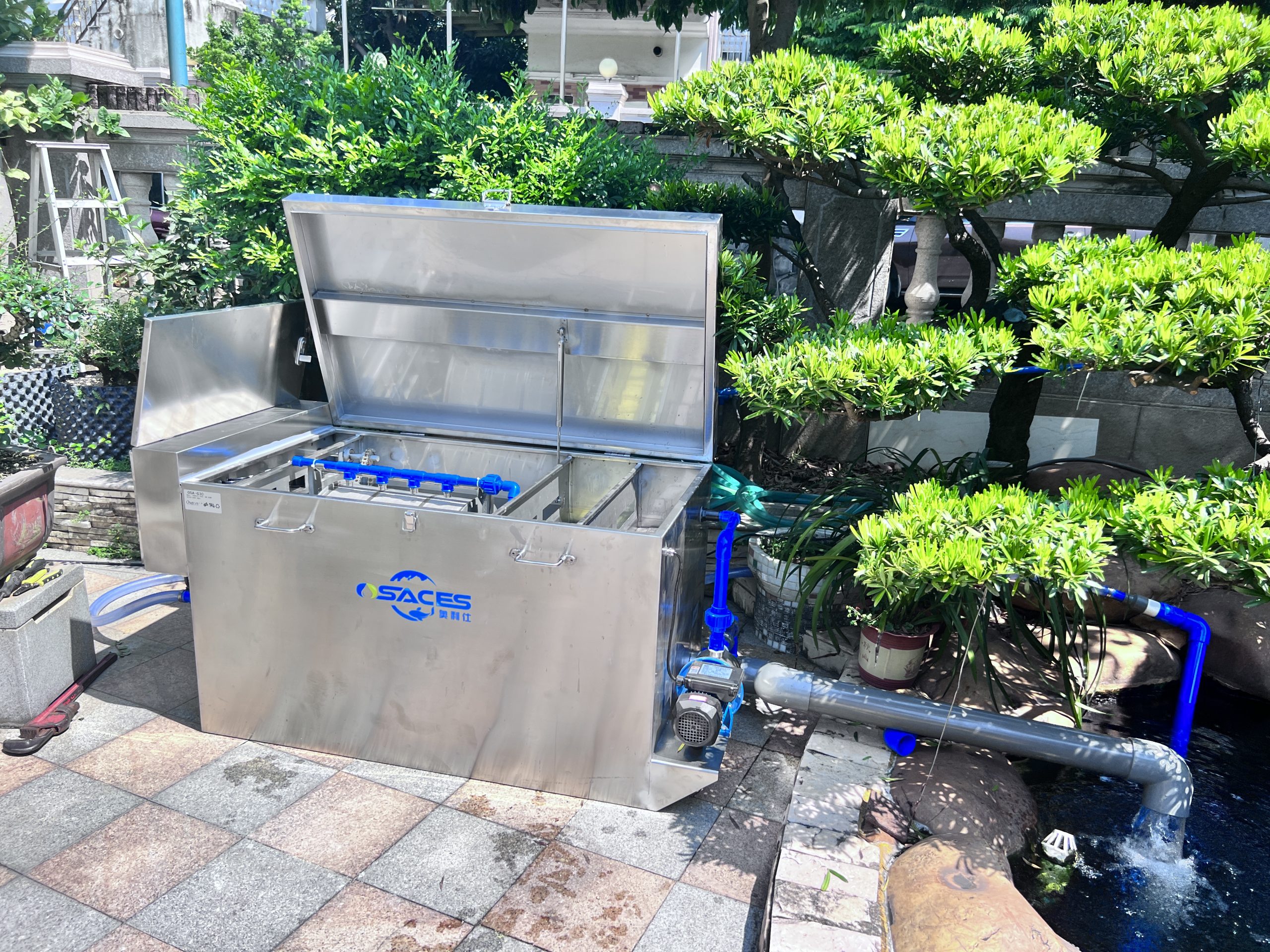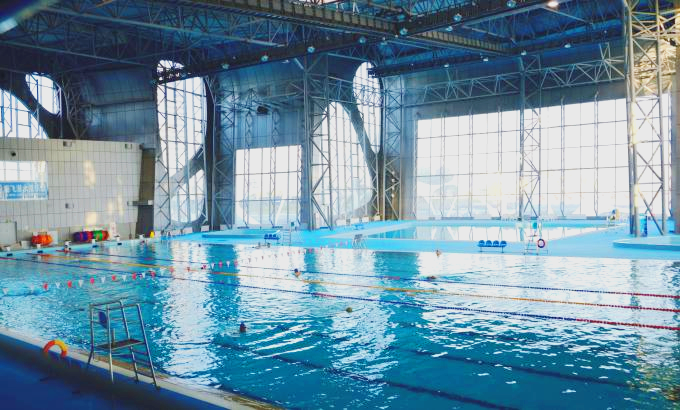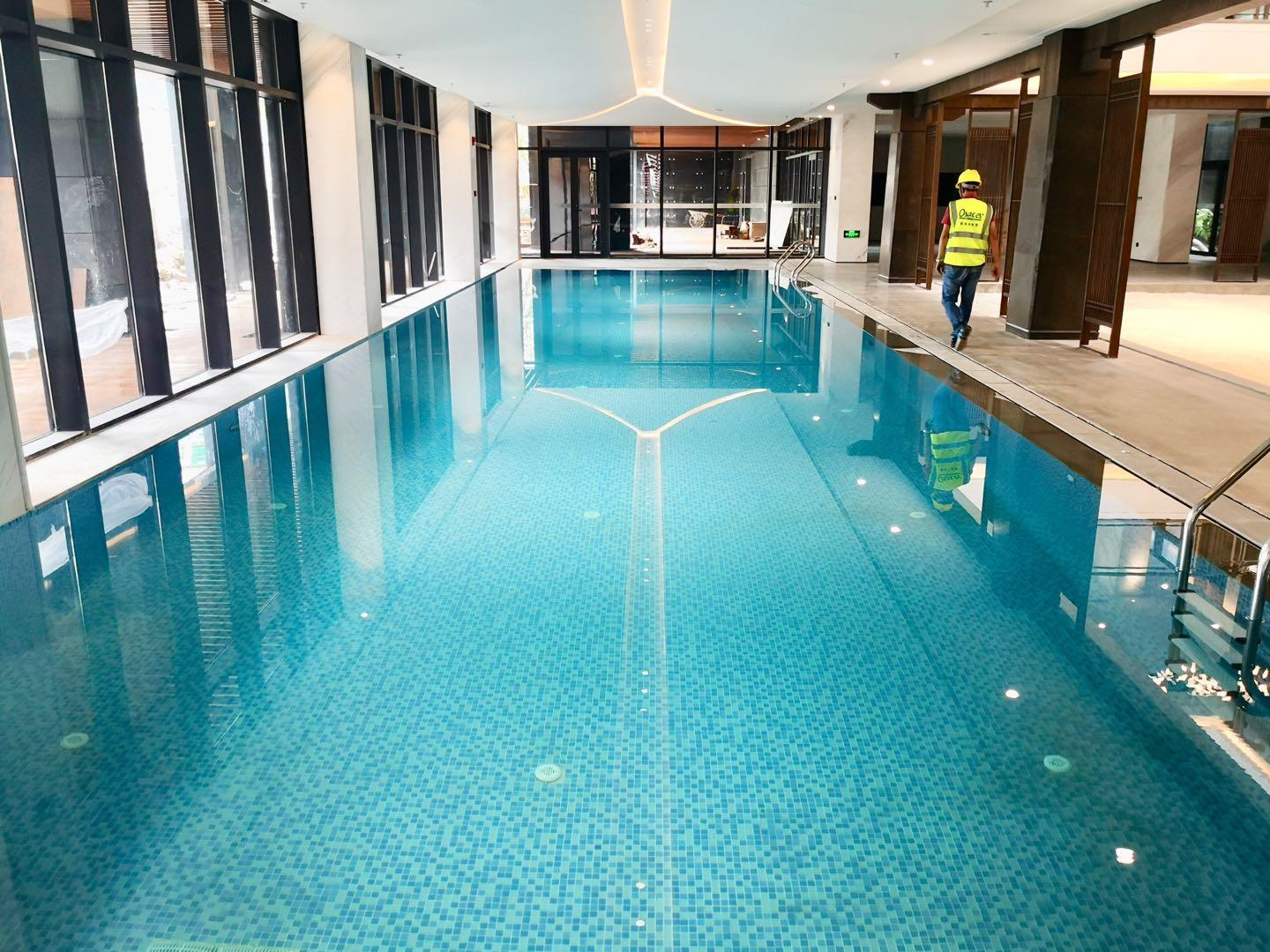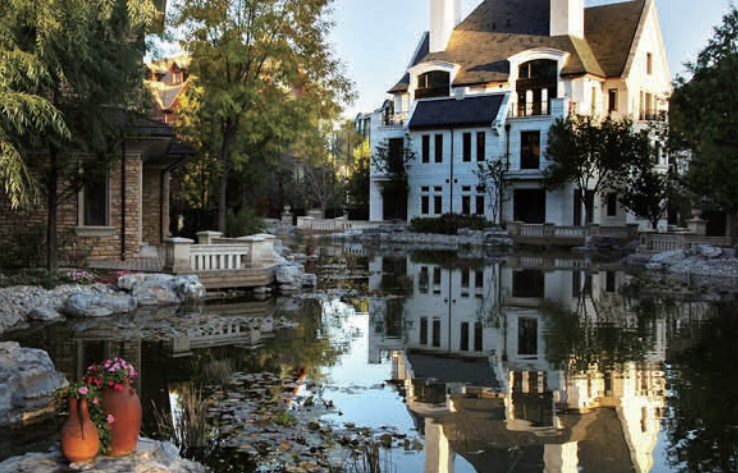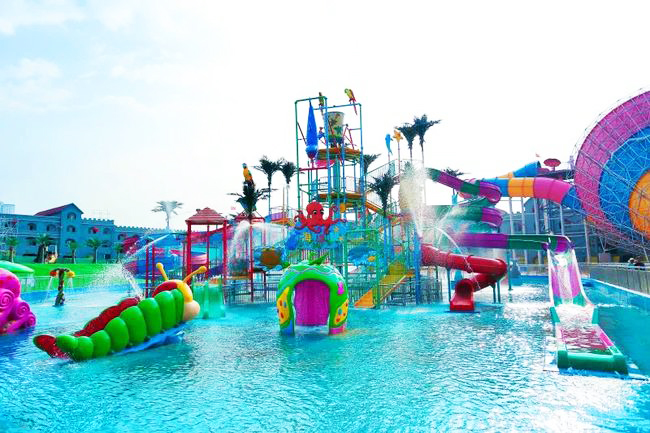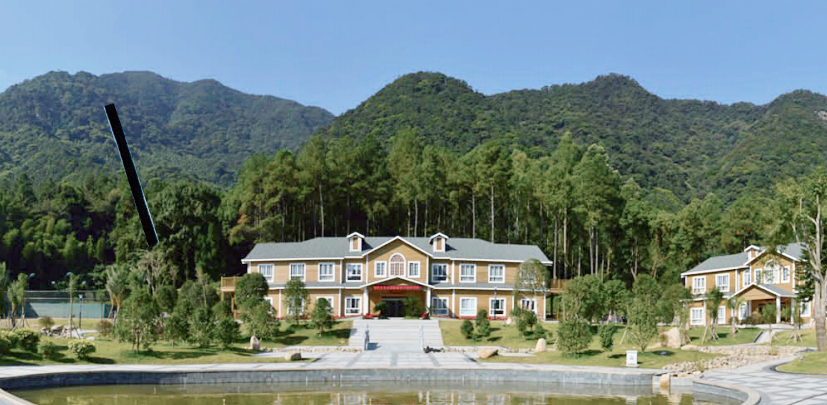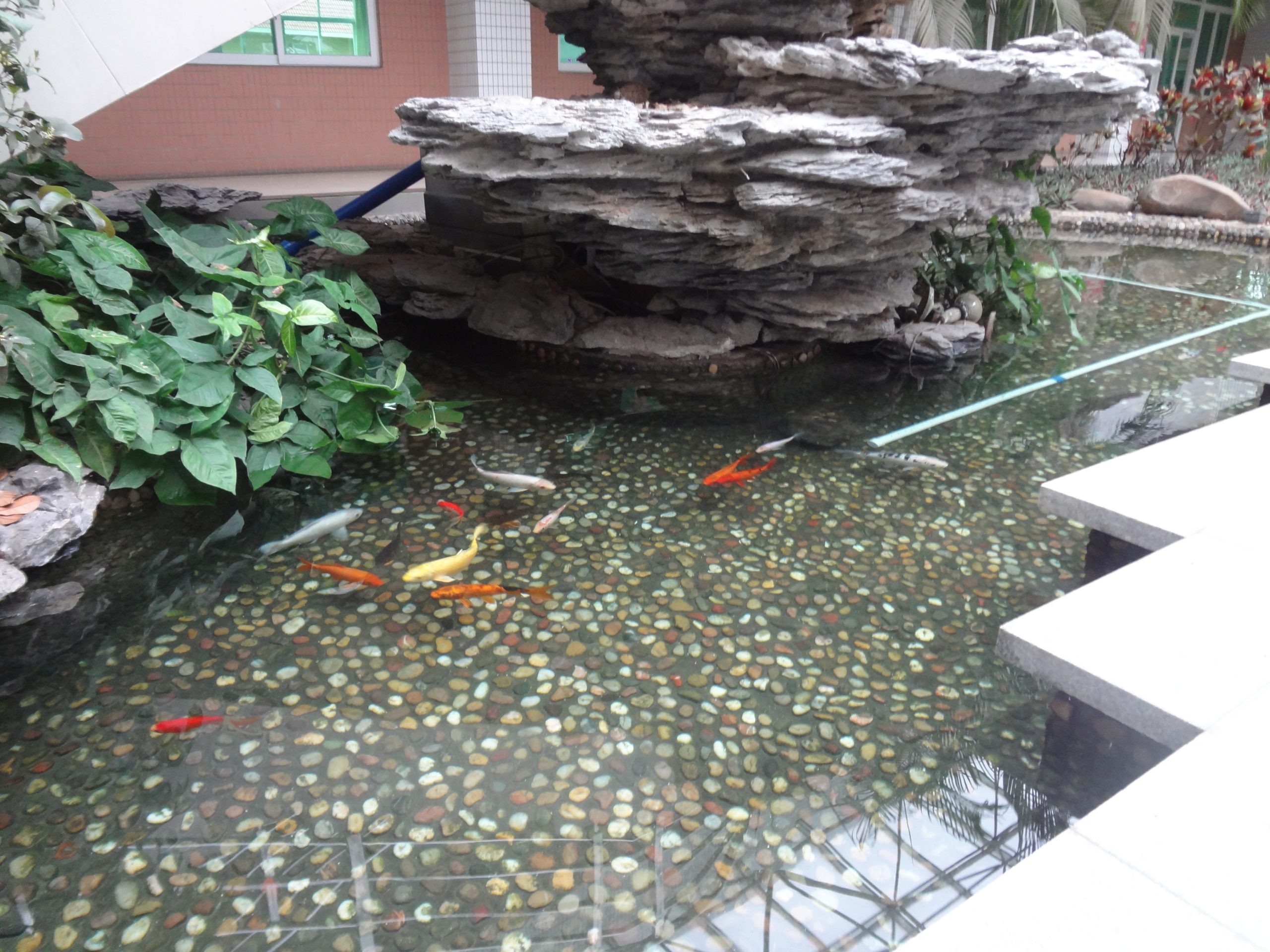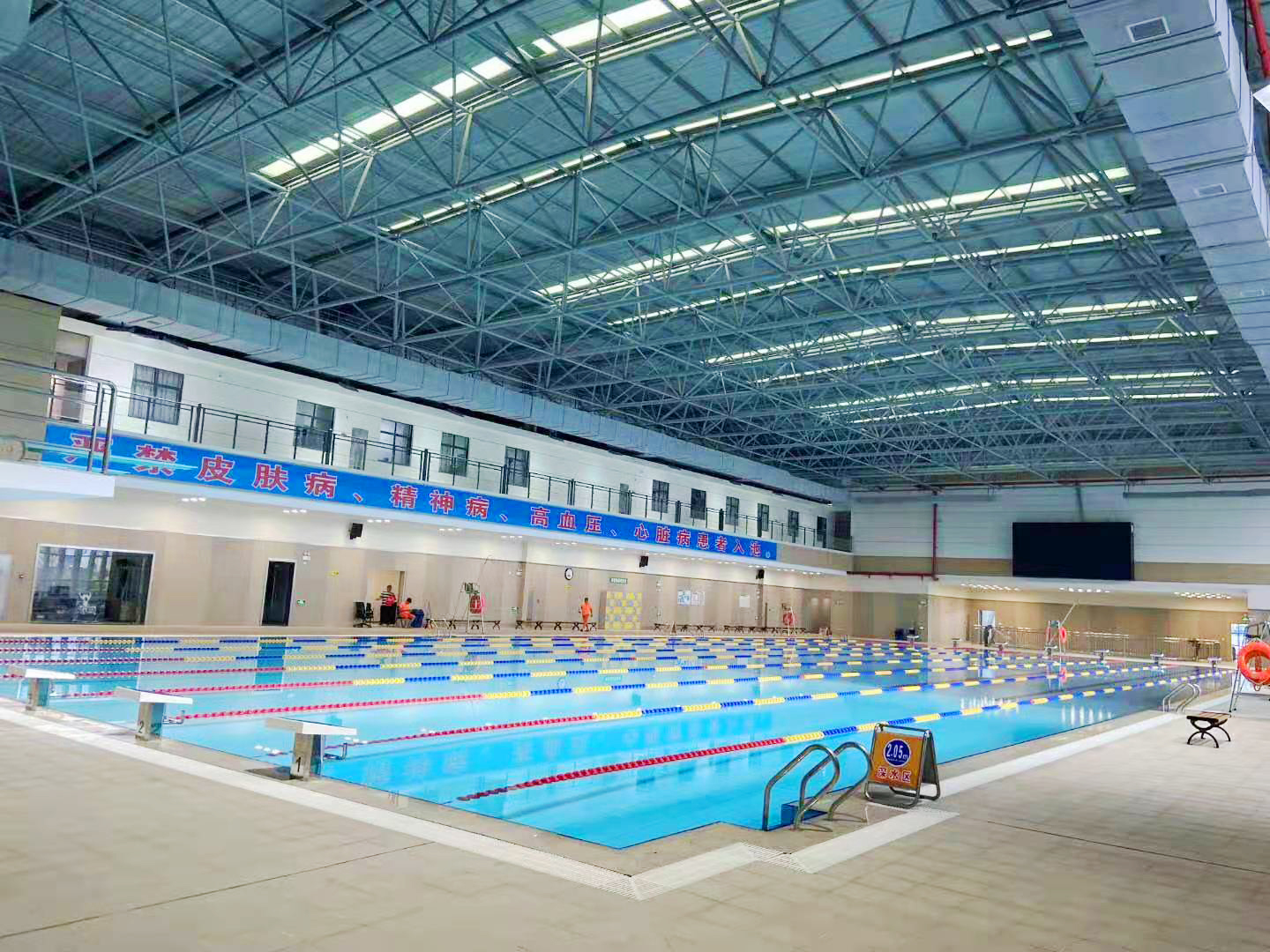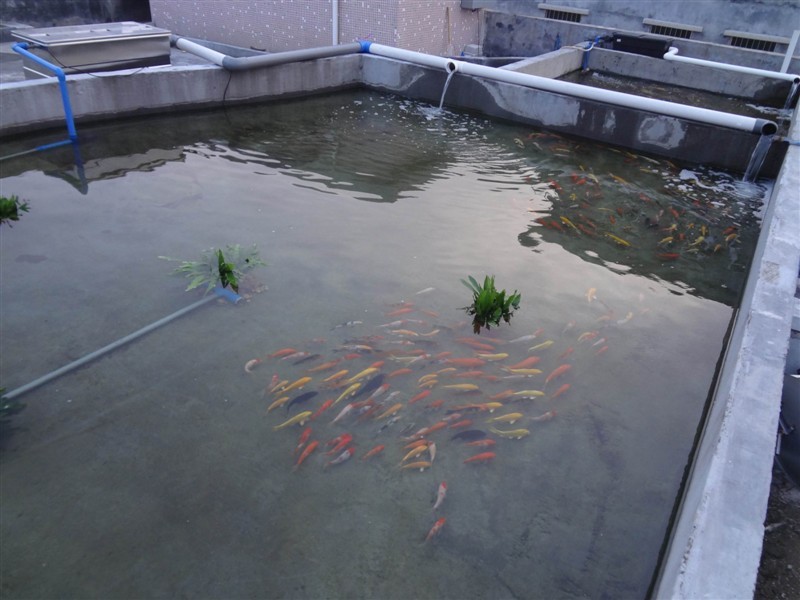common problems
contact details
 Ollies (Guangzhou) Recreation and Sports Equipment Co.
Ollies (Guangzhou) Recreation and Sports Equipment Co.Tel: (020) 82686289
Fax: 020-82694853
Headquarter: No.31-37, Xincun 2 Road, Shangjiang North Street, Dongzhou Village, Xintang Town, Zengcheng City, Guangzhou, Guangdong, China
Winter Koi Keeping Precautions
Koi, with its unique masculine beauty and brilliant colors is loved by more and more people and is crowned as the"King of the Ornamental Fish"The reputation of the koi. And its being a variable temperature animal, it can cause a lot of problems for koi keepers due to seasonal differences. So, what do you need to pay attention to in winter koi keeping?
First, before the cold air comes to do a good job of fish pool insulation work
In the south, the temperature is mostly suitable in winter and no special insulation measures are needed for the koi pond. However, the occasional cold air after a rainy day should not be ignored, as the sudden drop in temperature makes the temperature change large and is likely to have an adverse effect on the koi, which is a thermophilic animal.

Therefore, before the cold air comes, you should do wind protection measures on the north side of the koi pond to avoid the direct impact of cold wind on koi as much as possible, and at the same time, you can also deepen the water level of the koi pond appropriately to keep the bottom temperature stable.In the north, when the water temperature begins to drop sharply in early December, it is necessary to transfer koi fish fry from outdoor to indoor heated rearing, stocking density of 150~250 tails per square meter.
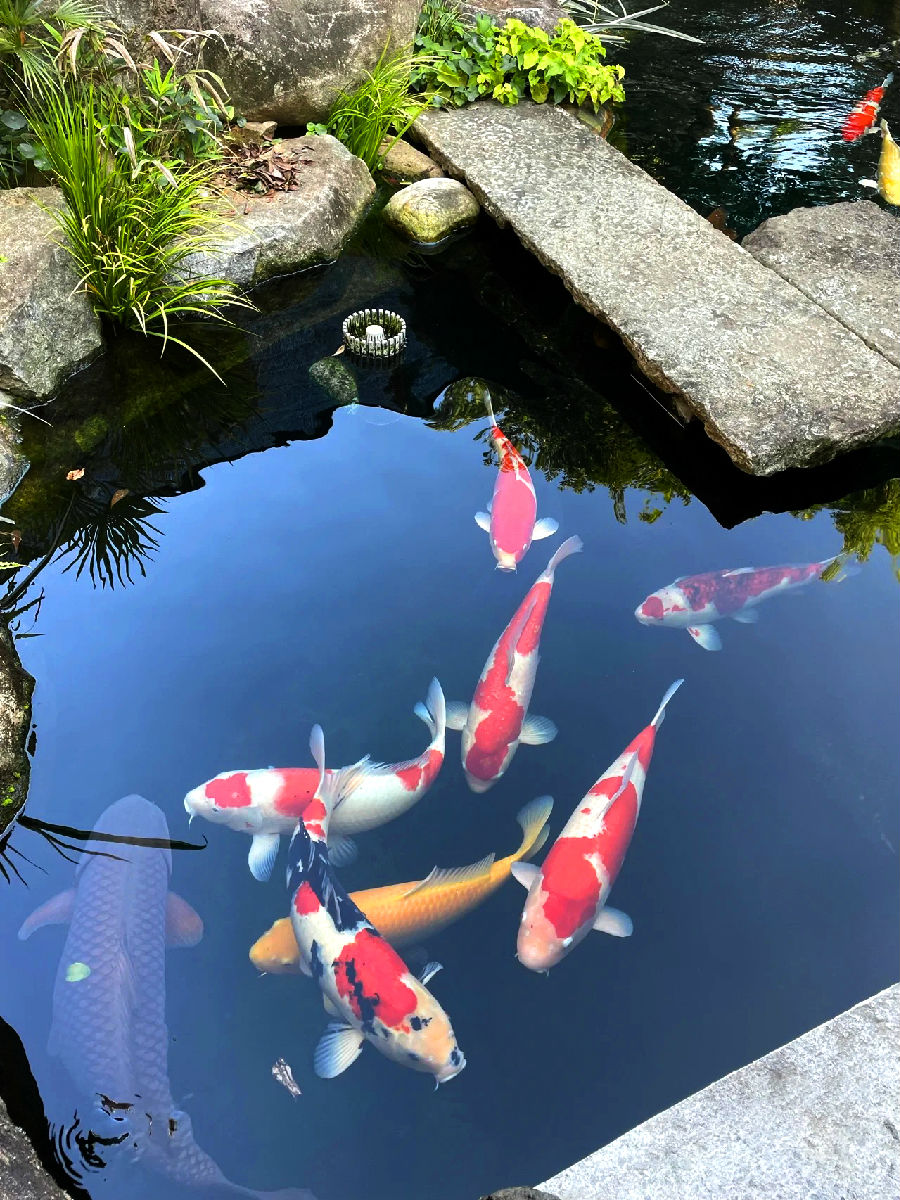
Insulated rearing room can be a plastic shed, in the northern region to the house is appropriate. Generally, it is in the koi pond directly add warm water, but pay attention to the temperature of the transfer water, as far as possible to make the water temperature stabilized at 22 ~ 28 ℃.
In addition, when the temperature is even lower at night, special attention should be paid to temperature regulation, and the number and timing of water additions should be flexible according to the weather and water temperature.
Disinfect and stabilize water quality to prevent koi from "catching colds".
The change of seasons is often accompanied by rainy weather, which tends to cause sudden changes in water quality and the growth of parasites, so it is necessary to do a good job of disinfecting the koi pond. The better the quality of the koi, the higher the water quality requirements, regular use of chlorine dioxide, bromochloro hydantoin and other chlorine disinfection of the pool water, and after disinfection of about 5 days after the sprinkling of microbial agents such as bacillus preparations, to maintain stable water quality.
If the water temperature is unstable, disinfection should be done every half month or even every week. In addition, the use of insecticides such as trichlorfon in conjunction with the actual situation of the koi can effectively prevent and control parasitic diseases.
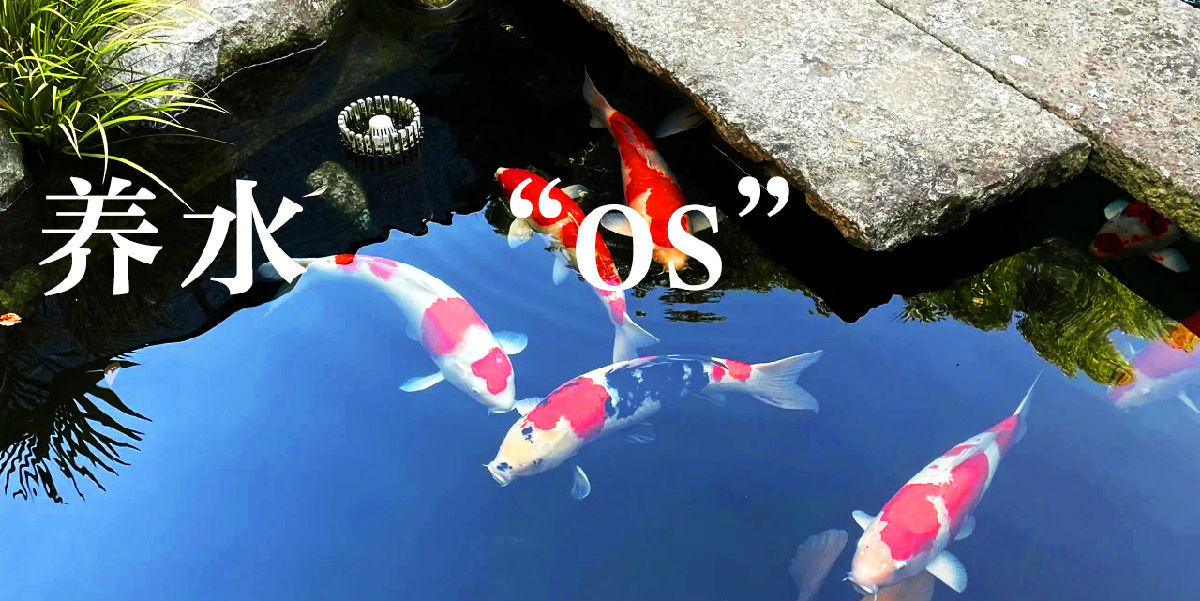
III. Adjusting feeding levels and fishing with caution
Koi are cold-blooded animals, and as the temperature drops, the amount of feeding should be adjusted accordingly.
In early winter in South China, if the water temperature is around 18~20℃, feeding 2~3 times a week is enough; if the water temperature continues to decrease, the feeding amount should be reduced appropriately. If the temperature drops below 16℃, the koi starts to appear to stop feeding, then feeding can be stopped.
When the water temperature is low, the oxygen-consuming bacteria in the water declines, the digestive enzymes in the intestines of the koi decrease, the metabolism slows down, and too much feeding is easy to cause indigestion, and although it will not die under normal circumstances, in the spring of the next year, the koi will only grow horizontally, resulting in obesity and extremely unattractive.
As feeding is reduced and koi excrement is relatively small, the impact on water quality will not be significant, so the main focus is to refill with fresh warm water after winter.
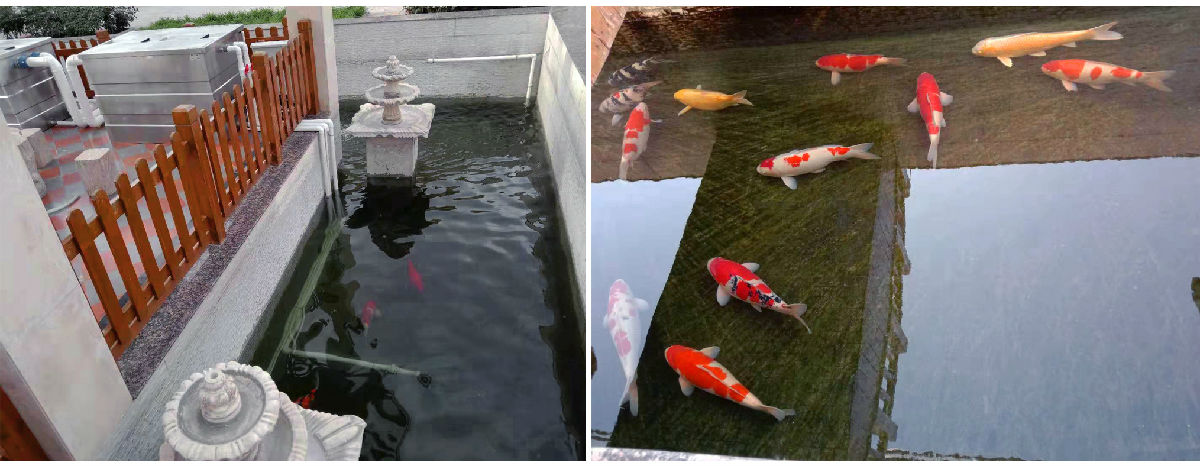
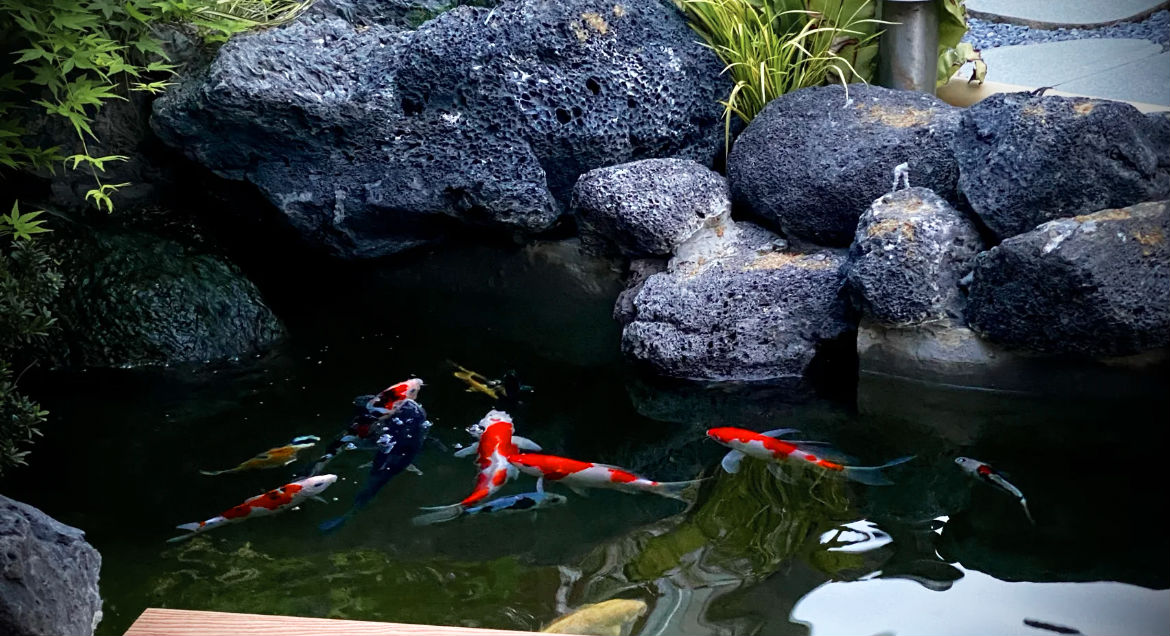
For how to winterize pool raised koi, pay attention to the following points:
1. Ensure that the surface of the koi pond does not freeze all the way;
2. If the surface of the fish pond is completely sealed, punch air holes in the ice;
3, koi pond filtration system should also be always open, according to the temperature changes can be reasonably adjusted filtration system running time.
With the colder winters, you need to take extra care when buying and selecting fish. There are a lot of diseased fish purchased by fish merchants in the winter, and there are also temperature differences that should not be ignored.
For more koi feeding, fish pond filtration system design and installation consult Ollis: 020-82686289.
Related content
- Homeostatic regulation of fish pond water quality: a systematic solution based on nitrification kinetics and nutrient thresholds
- Koi Pond Maintenance and Protection Guide during the Rainy Season | The Veteran Driver's Handbook of Dampness and Disease Prevention
- Pool water circulation system maintenance guide, goodbye to cloudy water quality to create four seasons of translucent "liquid sapphire".
- From zero to professional: a complete guide to pool equipment configuration that even a beginner can understand
- The Golden Ratio of Swimming Pool Ventilation and Dehumidification Systems: The Balancing Act of Airflow, Humidity and Energy Consumption
- Specific benefits of dehumidifiers for new swimming pools
- Industrial solutions for fish pond water quality management: How to break through the bottleneck of traditional operation and maintenance of filtration systems?

